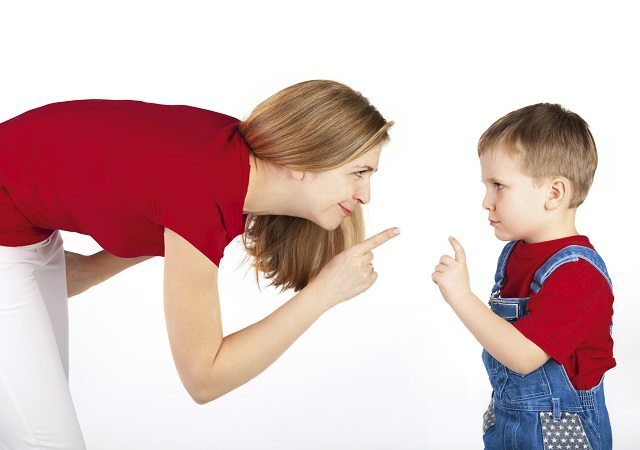Sensory rooms can be hugely beneficial to your child’s development, but many families may think that they don’t have the budget or space to create one in their own homes. However, if space is tight in your home don’t worry because a corner in their play room or bedroom fitted with some clever furnishings will do the trick just fine. Small sensory areas can be just as beneficial as larger ones. But what is a sensory space? What would you need to make one? And what are the benefits of creating one in your own home?
What are sensory spaces?
They are spaces designed to develop a person’s senses usually through space, lighting and soft furnishings, safe aromas and music.
What are the benefits?
Time spent in sensory environments has been shown to increase concentration, awaken memories, improve mobilisation, encourage creativity, and communication. Not only do they bridge the barrier to education for people with disabilities, but they also provide new and innovative ways of learning, encouraging motor development, cognitive development, language and social skills. However, all children can benefit from spending time in sensory environments as they’re shown to foster children’s imagination and encourage them to question, experiment and interact independently with their surroundings.
Before diving into DIY, do some research
If your child is attending therapy sessions or preschool, talk to their OT or teacher about the type of stimulation that would be most beneficial to your child. What materials do they go for the most? What areas should you focus on? Make a list of your child’s needs and what you think they would most like in their new safe space. If they love dinosaurs, see if you can create a sandbox where they can dig for dinosaur fossils, or have a lamp that projects silhouettes of dinosaurs on the walls or ceiling. If they love the ocean include water play where they can interact with different toy sea creatures, or include a water light that casts the space into an ethereal, oceanic glow.
What do I need for my sensory space?
The key is create a space where your child can go for play time, relaxation or to calm down. The one thing your sensory space must do, is provide an escape from the outside world. They shouldn’t be able to hear the TV, or see out the window when they’re in their sensory space.
By rule of thumb, the space should take care of the senses first and foremost. And contrary to popular belief there are six senses that you should be highlighting in your sensory space (not the Bruce Willis kind). When building your space you need objects to encourage:
- Smell – essential oils (lavender and chamomile are excellent for soothing frazzled nerves). Try kneading some into your playdough to provide a simple olfactory and tactile experience.
- Touch – different textures such as water, sand, playdough, fluffy slime, rubbery goop, squishy bags, different fabrics, a soft, pliable floor and other soft toys keep children occupied for hours. Take a look at our website for DIY playdough and slime and goop recipes!
- Hearing – music is key, have a small CD player or even an old computer to run a sound system off.
- Taste – this one can be tricky, but you can make taste boards similar to the wallpaper in ‘Charlie and the Chocolate Factory’, where children can lick different parts of the wall and get a different flavour off different parts. Or, with your supervision tickle your child’s taste buds by introducing them to sweet, salty, sour and bitter flavours.
- Sight and visuals – anything image or light based that will pull a child’s attention and encourage their imaginations to soar. Fibre-optic lamps, bubble tubes, lava lamps and projectors are great for this, but if you can’t access those be clever with your lights. Use reflectors to cast shadows and rays of light onto the walls and ceiling, or glow in the dark stick-ons will work just as well, or gel paper over their lamp will change the tone and colour of the light.
- Proprioception – or anything that will allow the child to be hugged or squished, giving deep pressure input that their bodies crave. Things like rocking chairs, a fit ball, weighted blankets and bean bags are great for this.
For more inspiration check out our Pinterest page!
Want to make your own Calm bottle? Read here to find out how!
maternity&infant
Originally posted 2017-01-24 15:04:52.









